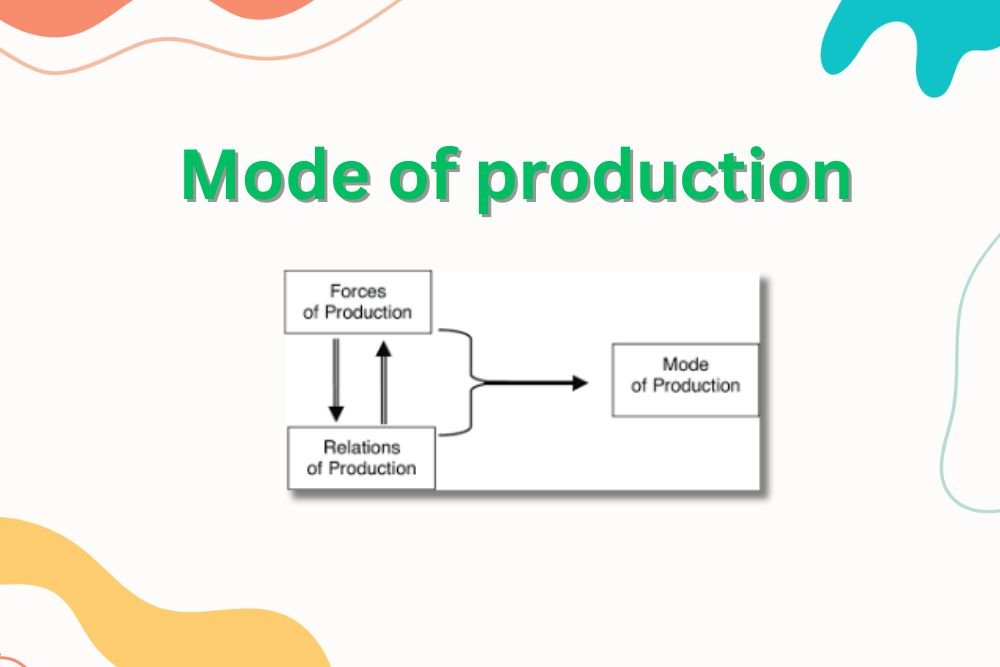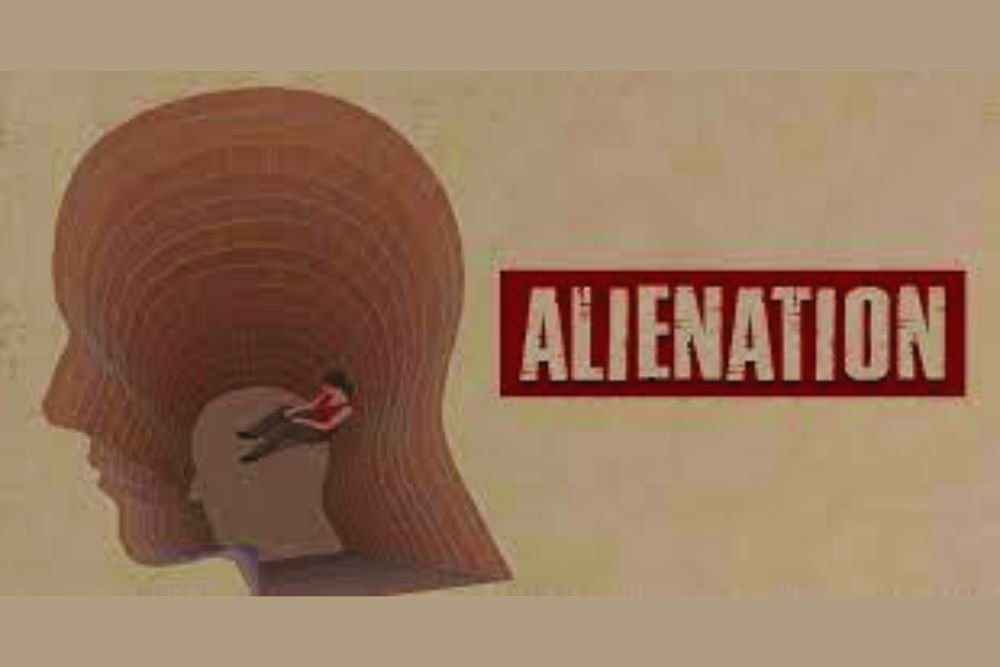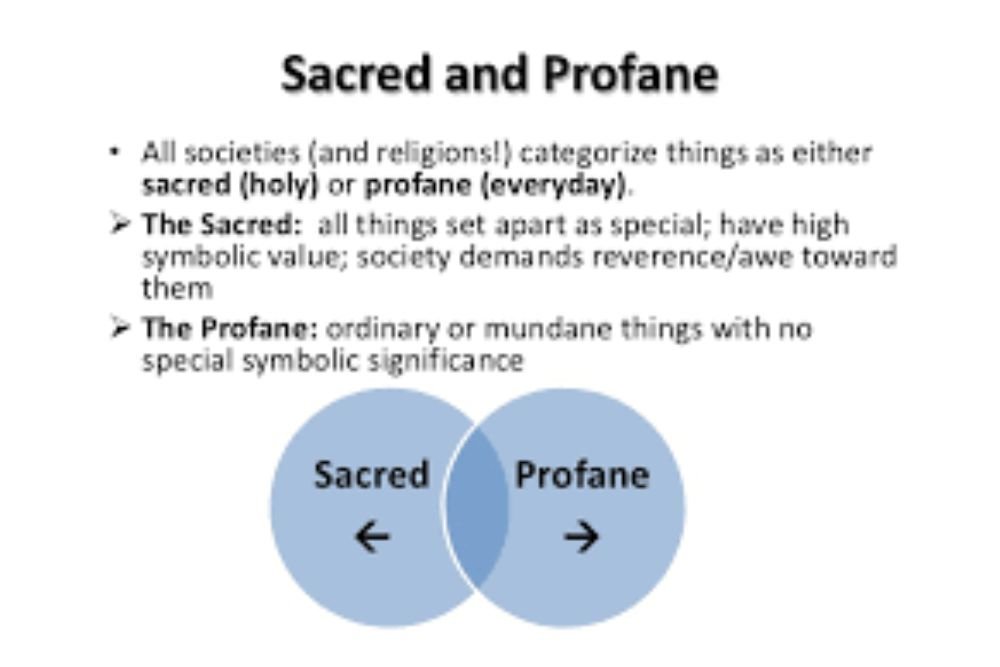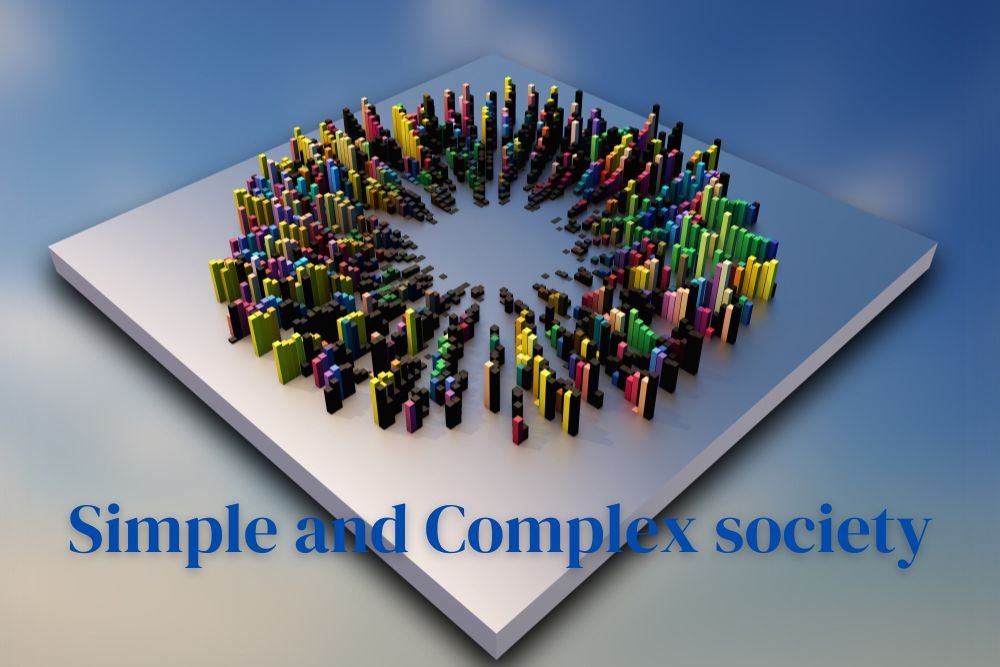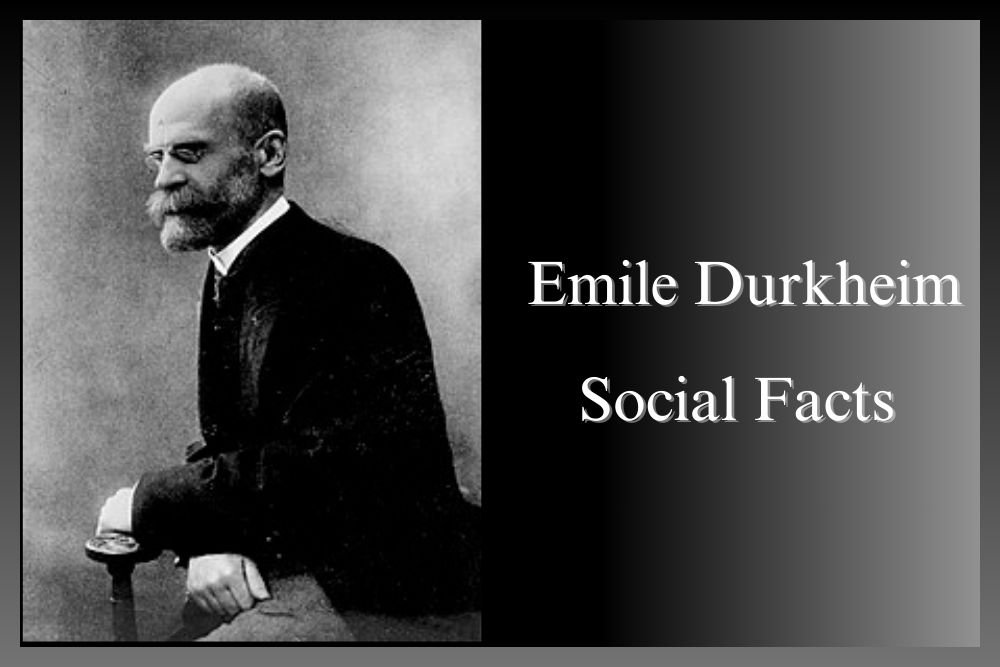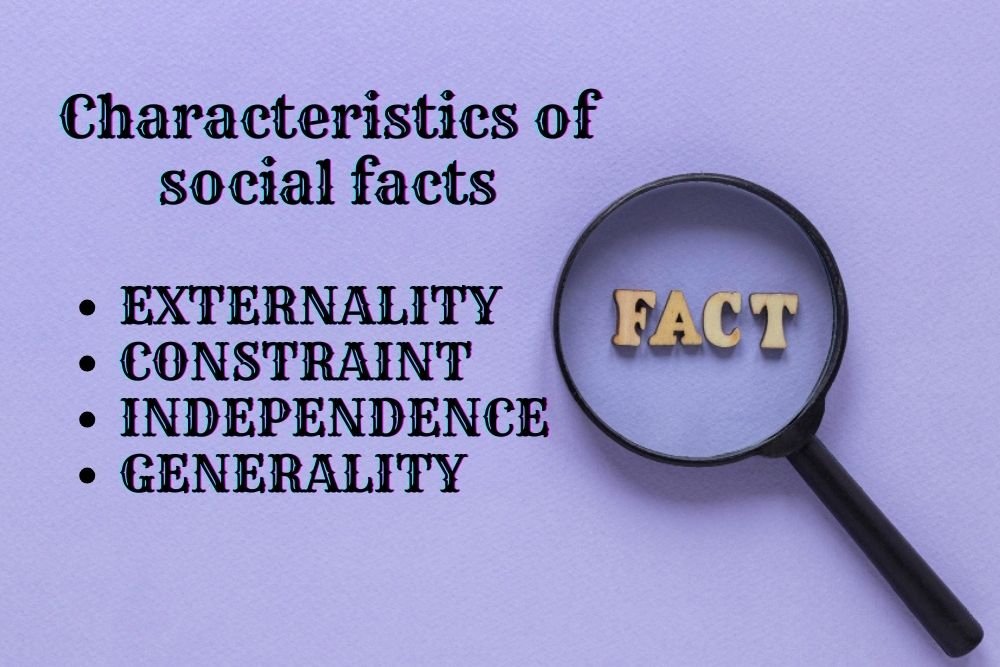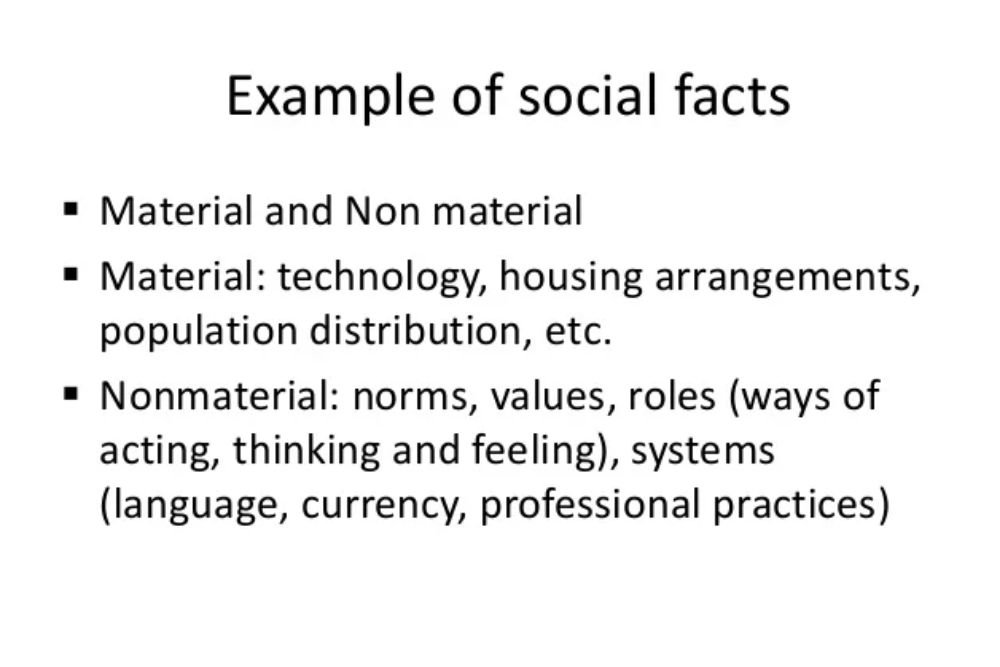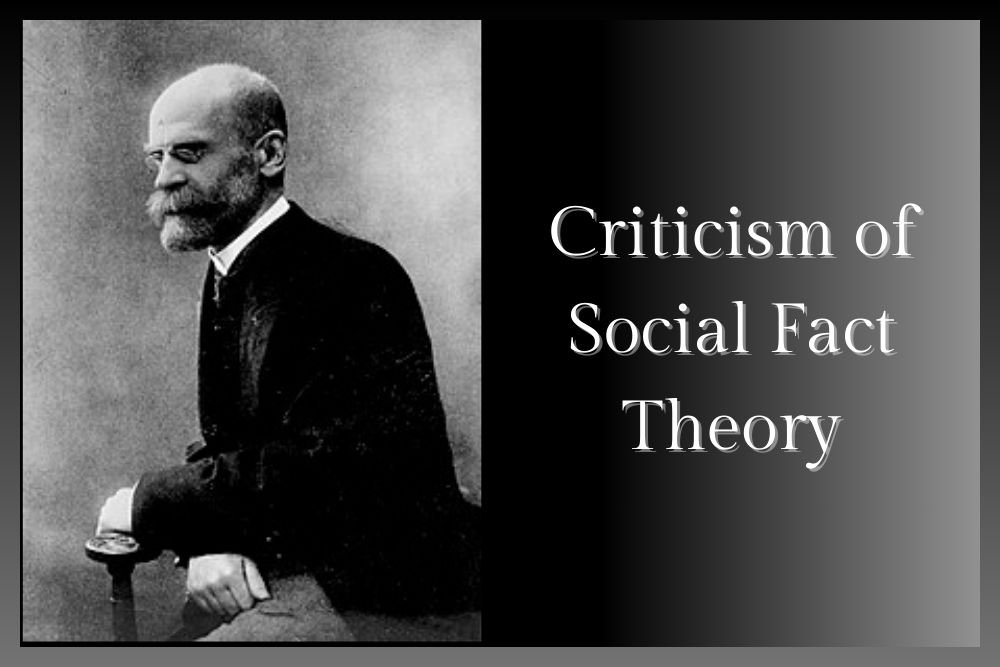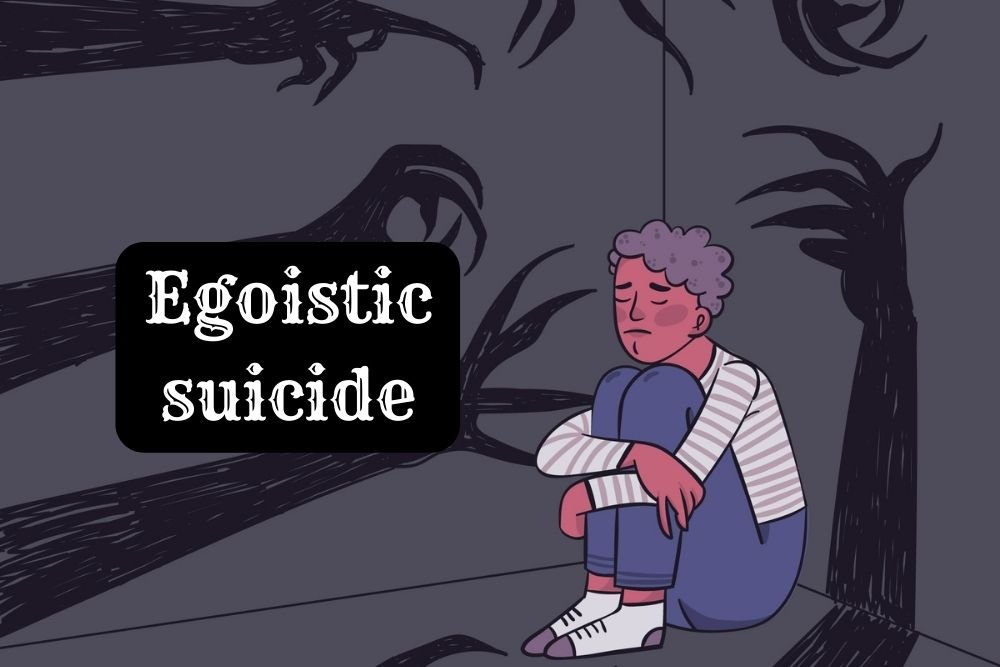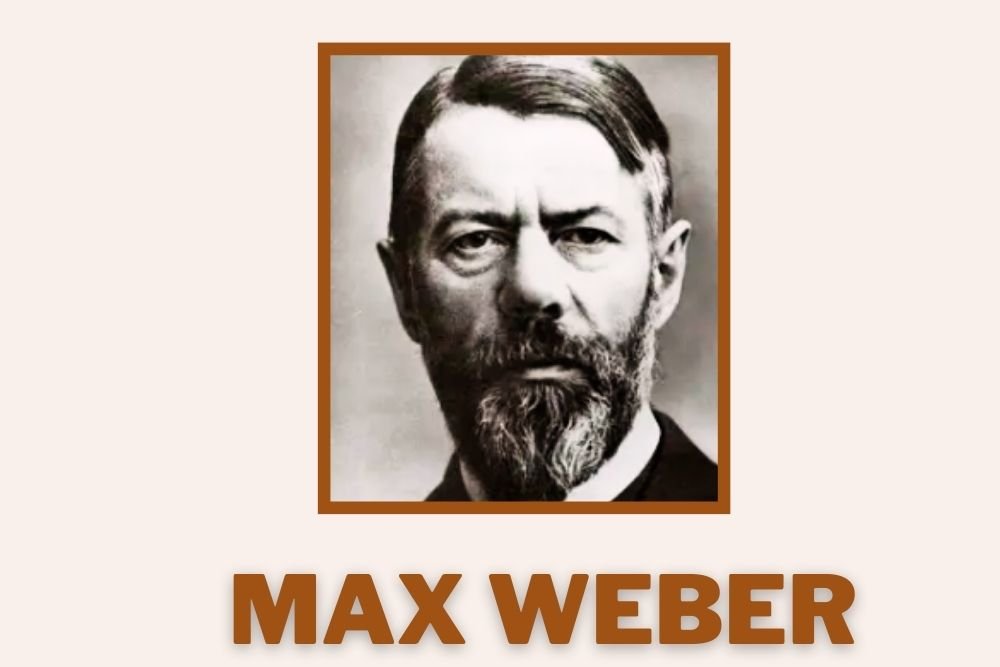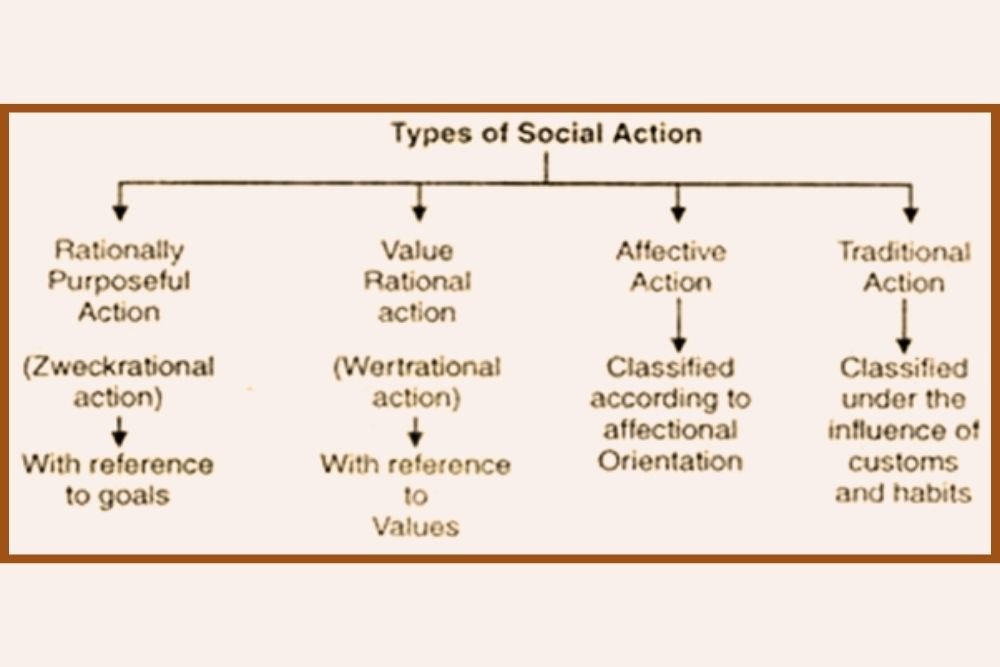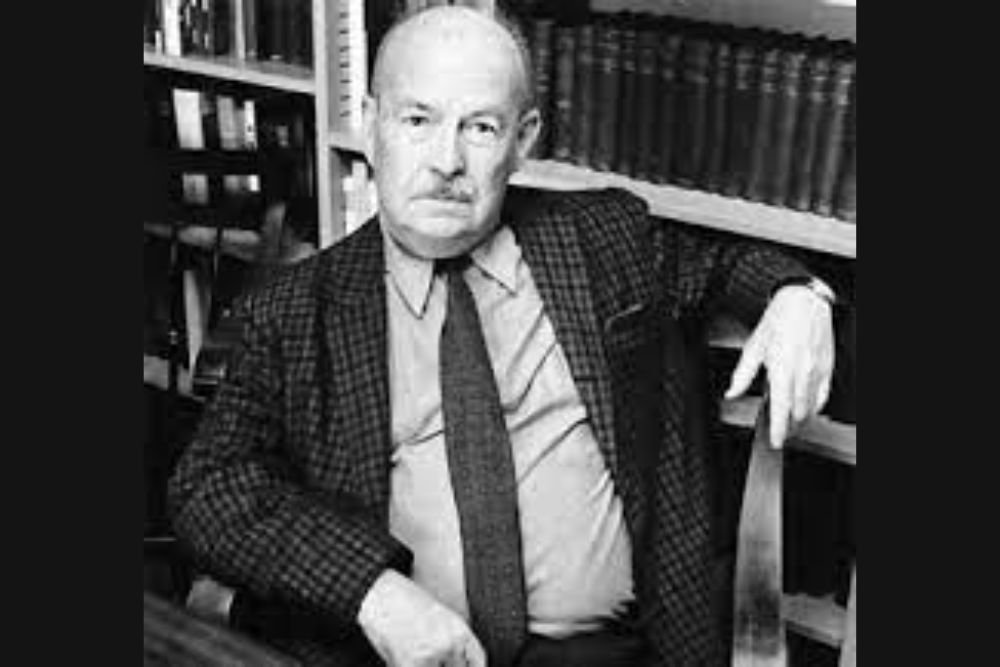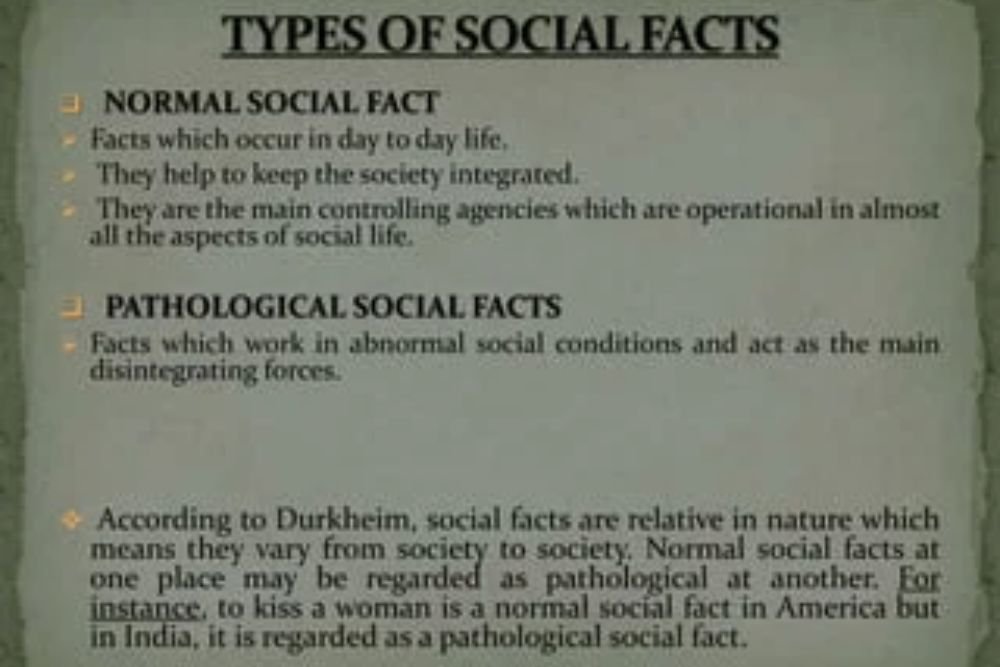
Emile Durkheim, widely regarded as a foundational figure in sociology, gifted the discipline with a conceptual framework that transcends time — his taxonomy of Social Facts. At the core of this taxonomy lies a pivotal dichotomy that unveils the intricate nature of social phenomena — the distinction between Normal and Pathological Social Facts. As we embark on an extended exploration, we peel back the layers of complexity within the intricate fabric of human societies, delving into the nuanced dimensions of normalcy and pathology to uncover the profound implications for our collective existence.
Normal social facts, as expounded by Durkheim, constitute the seemingly mundane yet indispensable elements of societal life. These encompass the everyday structures and institutions that contribute to the maintenance of social order and cohesion. The routine norms, rituals, and established practices that guide daily interactions within a community are the threads of normal social facts. Despite their unremarkable appearance, these elements play a crucial role in shaping collective identity and fostering social integration.
In the vibrant tapestry of social life, normal social facts are the threads that weave together the fabric of societal stability. Manifesting in shared norms that govern behavior, institutional structures providing social organization, and rituals symbolizing communal identity, they form the backbone of social order. By studying normal social facts, sociologists gain profound insights into the mechanisms contributing to social harmony, providing a lens through which the underlying patterns of societal order can be dissected and comprehended.
Conversely, pathological social facts represent deviations from the norm, possessing the potential to disrupt the equilibrium of societies. Durkheim's exploration of anomie, a state of normlessness and social disintegration, serves as a quintessential example of a pathological social fact. Anomie emerges when individuals or communities experience a breakdown of normative values, leading to a sense of moral confusion and social disorder. The study of pathological social facts enables sociologists to identify the factors contributing to social disruption and to understand the profound impact on individual and collective behavior.
Pathological social facts, though less prevalent in the social fabric, demand meticulous analysis as they provide insights into the vulnerabilities and fissures within societal structures. By examining instances of deviance, crime, or societal unrest, sociologists can decipher the root causes of these disruptions, working towards fostering social resilience and addressing underlying issues that may threaten the fabric of societal order.
The dichotomy between normal and pathological social facts serves as a dynamic framework through which sociologists analyze the overall health and functionality of societies. This analytical lens can be applied to a myriad of social phenomena, ranging from crime rates and deviant behavior to the adherence to societal norms and the prevalence of positive social interactions. The juxtaposition of normalcy and pathology enriches the sociological toolkit, providing a nuanced understanding of the intricate dynamics that shape the collective human experience.
While Durkheim's classification remains timeless, it has not been without its critiques and extensions. Scholars like Talcott Parsons, in his magnum opus "The Social System," incorporated Durkheim's ideas into the structural-functionalism paradigm. This framework emphasizes the interdependence of social structures and their contribution to societal stability, aligning with the exploration of normal social facts as essential for social integration.
Furthermore, Robert K. Merton's work in "Social Theory and Social Structure" expanded on Durkheim's taxonomy by introducing the concepts of manifest and latent functions. Merton's theoretical framework delves into the intended and unintended consequences of social structures, offering a nuanced understanding of how different social facts impact individuals and communities. This extension enriches the discourse, allowing sociologists to explore the multifaceted dimensions of both normal and pathological social facts.
In conclusion, Emile Durkheim's taxonomy of social facts, particularly the dichotomy between normal and pathological, provides a robust and dynamic analytical tool for sociologists. By navigating this conceptual terrain, scholars gain profound insights into the complex dynamics that shape societies. The dichotomy serves not only as a guide to decipher the health and functioning of social structures but also as a catalyst for continued exploration and understanding of the intricate tapestry of human social life. As we traverse this intellectual landscape, the interplay between normalcy and pathology beckons sociologists to unravel the mysteries that lie beneath the surface of societal structures, contributing to the ongoing evolution of sociological knowledge. This extended journey invites scholars to engage with the richness and complexity of social facts, fostering a deeper comprehension of the forces that shape our collective existence.




































